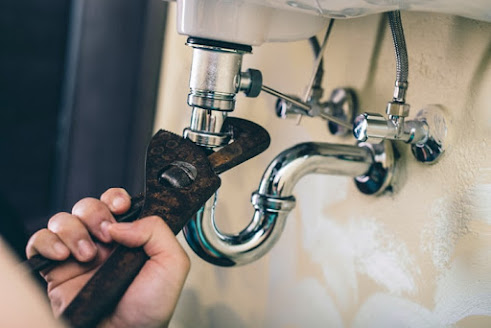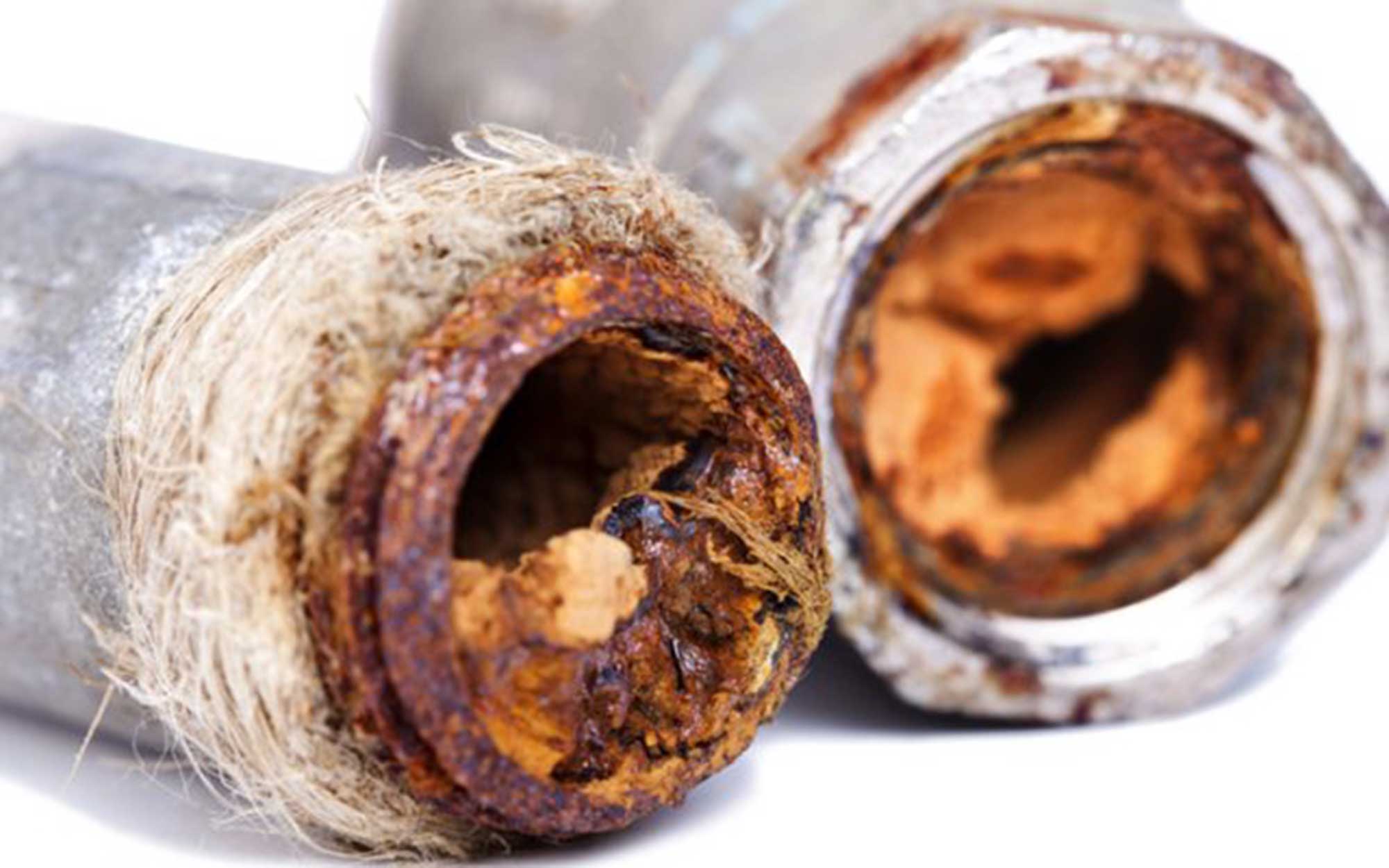Diagnose & Fix Plumbing Sounds
Diagnose & Fix Plumbing Sounds
Blog Article
Just how do you really feel with regards to Diagnose Unwanted Plumbing Noises?

To identify loud plumbing, it is essential to identify first whether the unwanted noises happen on the system's inlet side-in various other words, when water is turned on-or on the drain side. Noises on the inlet side have actually differed reasons: too much water stress, used shutoff and faucet components, poorly attached pumps or other appliances, improperly positioned pipe fasteners, and also plumbing runs consisting of too many tight bends or other limitations. Noises on the drainpipe side generally stem from bad place or, just like some inlet side sound, a layout containing tight bends.
Hissing
Hissing sound that happens when a tap is opened a little generally signals extreme water stress. Consult your regional public utility if you presume this issue; it will certainly have the ability to inform you the water stress in your location and can install a pressurereducing valve on the incoming water system pipeline if essential.
Thudding
Thudding sound, frequently accompanied by trembling pipes, when a faucet or home appliance valve is shut off is a problem called water hammer. The sound and resonance are brought on by the resounding wave of pressure in the water, which suddenly has no area to go. Often opening up a valve that discharges water promptly right into an area of piping having a constraint, elbow joint, or tee fitting can create the exact same condition.
Water hammer can generally be healed by mounting installations called air chambers or shock absorbers in the plumbing to which the issue valves or faucets are connected. These tools permit the shock wave produced by the halted flow of water to dissipate in the air they have, which (unlike water) is compressible.
Older plumbing systems might have brief upright areas of capped pipeline behind walls on faucet runs for the very same function; these can at some point loaded with water, reducing or destroying their efficiency. The remedy is to drain pipes the water supply totally by shutting down the major water valve as well as opening up all taps. After that open up the main supply valve and close the faucets one by one, beginning with the faucet nearest the valve and also ending with the one farthest away.
Babbling or Screeching
Intense chattering or shrilling that occurs when a shutoff or faucet is turned on, which generally goes away when the installation is opened completely, signals loose or defective internal components. The service is to change the valve or tap with a new one.
Pumps and appliances such as cleaning equipments and dishwashers can transfer motor noise to pipes if they are improperly connected. Link such products to plumbing with plastic or rubber hoses-never inflexible pipe-to isolate them.
Various Other Inlet Side Noises
Squeaking, squealing, damaging, snapping, and tapping usually are triggered by the development or tightening of pipelines, normally copper ones supplying hot water. The noises take place as the pipes slide versus loose fasteners or strike close-by house framework. You can frequently determine the place of the problem if the pipelines are exposed; just adhere to the sound when the pipelines are making noise. Probably you will find a loose pipeline wall mount or an area where pipelines lie so near to floor joists or other mounting pieces that they clatter against them. Attaching foam pipeline insulation around the pipelines at the point of get in touch with must fix the problem. Make sure straps as well as hangers are safe as well as offer sufficient support. Where possible, pipe fasteners ought to be connected to enormous structural aspects such as structure wall surfaces rather than to framing; doing so reduces the transmission of resonances from plumbing to surfaces that can enhance and transfer them. If attaching fasteners to framework is inescapable, cover pipelines with insulation or various other resistant product where they get in touch with fasteners, as well as sandwich completions of brand-new bolts in between rubber washing machines when mounting them.
Dealing with plumbing runs that suffer from flow-restricting tight or many bends is a last resort that ought to be embarked on just after seeking advice from a skilled plumbing professional. However, this scenario is fairly typical in older houses that might not have actually been built with indoor plumbing or that have seen numerous remodels, specifically by amateurs.
Drainpipe Noise
On the drainpipe side of plumbing, the principal objectives are to remove surface areas that can be struck by falling or rushing water as well as to protect pipes to include inevitable noises.
In new building and construction, bathtubs, shower stalls, bathrooms, and wallmounted sinks and basins ought to be set on or versus resistant underlayments to decrease the transmission of noise with them. Water-saving bathrooms and also faucets are much less loud than standard designs; install them as opposed to older kinds even if codes in your area still permit utilizing older components.
Drains that do not run up and down to the cellar or that branch into horizontal pipe runs sustained at flooring joists or various other mounting existing specifically bothersome noise issues. Such pipelines are huge sufficient to emit substantial resonance; they additionally lug significant quantities of water, that makes the scenario even worse. In brand-new building and construction, specify cast-iron soil pipes (the huge pipelines that drain pipes commodes) if you can manage them. Their massiveness contains much of the noise made by water passing through them. Likewise, avoid routing drains in wall surfaces shown to bed rooms as well as rooms where people collect. Walls having drainpipes need to be soundproofed as was described earlier, using dual panels of sound-insulating fiber board and also wallboard. Pipelines themselves can be wrapped with special fiberglass insulation made for the purpose; such pipes have an impervious vinyl skin (often consisting of lead). Outcomes are not constantly satisfying.
WHY IS MY PLUMBING MAKING SO MUCH NOISE?
This noise indeed sounds like someone is banging a hammer against your pipes! It happens when a faucet is opened, allowed to run for a bit, then quickly shut — causing the rushing water to slam against the shut-off valve.
To remedy this, you’ll need to check and refill your air chamber. Air chambers are filled with — you guessed it — air and help absorb the shock of moving water (that comes to a sudden stop). Over time, these chambers can fill with water, making them less effective.
You’ll want to turn off your home’s water supply, then open ALL faucets (from the bathroom sink to outdoor hose bib) to drain your pipes. Then, turn the water back on and hopefully the noise stops! If you’re still hearing the sound, give us a call to examine further.
Whistles
Whistling sounds can be frustrating, as sometimes the source isn’t easily identified. However, if you can pinpoint which faucet or valve that may be the cause, you’ll likely encounter a worn gasket or washer — an easy fix if you replace the worn parts!Whistling sounds from elsewhere can mean a number of things — from high water pressure to mineral deposits. Your best plan of attack here is to give our plumbing experts a call. We’ll be able to determine where the noise is coming from and what the cause may be, then recommend an effective fix!
Cracks or Ticks
Cracking or ticking typically comes from hot water going through cold, copper pipes. This causes the copper to expand resulting in a cracking or ticking sound. Once the pipes stop expanding, the noise should stop as well.
Pro tip: you may want to lower the temperature of your water heater to see if that helps lessen the sound, or wrapping the pipe in insulation can also help muffle the noise.
Bangs
Bangs typically come from water pressure that’s too high. To test for high water pressure, get a pressure gauge and attach it to your faucet. Water pressure should be no higher than 80 psi (pounds per square inch) and also no lower than 40 psi. If you find a number greater than 80 psi, then you’ve found your problem!
Next step is to give us a call in order to install a pressure regulator. Trust us, you don’t want to wait to resolve this issue. Not only is the sound annoying, but high water pressure can be destructive to your home — including damaging certain appliances, like your washer and dishwasher.
Dripping
You might be accustom to the slow quiet drip your kitchen faucet makes. You might have even tuned out your bathroom sink dripping and drabbing all day long — but it’s time to find its cause.
A slow drip could signify a variety of easy to fix issues, such as a worn out O ring, or loose part. And by ignoring the drip, you could be wasting up to 2,000 gallons of water a year! So start conserving water — get it looked at ASAP.
https://www.pwessig.com/blog/2018/december/why-is-my-plumbing-making-so-much-noise-/

Do you like more info about How To Fix Noisy Pipes? Post a remark down the page. We will be glad to hear your responses about this write-up. We are looking forward that you visit us again in the future. So long as you appreciated our page if you please be sure to pass it around. We treasure reading our article about Why Your Water Pipes Are Noisy and How To Shut Them Up.
Visit Link Report this page